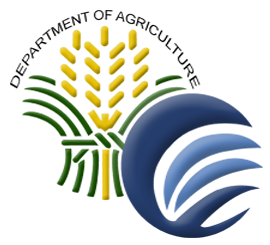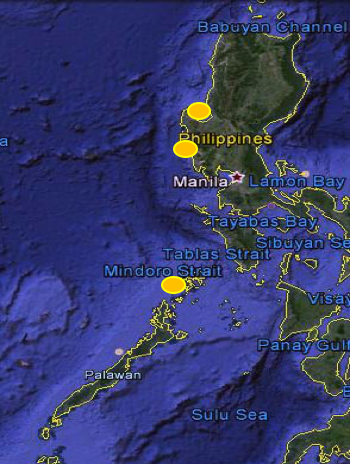Background & Situation Menu
Status and Trends in Fisheries and their Habitats Threats, root causes and barrier analysis Institutional, sectoral and policy context Stakeholder mapping and analysis Baseline analysis and gaps Known Areas of Critical Significance to the Life-Cycles of Fisheries Resources Priority Fisheries Refugia Areas




Establishment of Fisheries Refugia in Philippines:
Background and Situation Analysis to Support
Priority Fisheries Refugia Areas
The fisheries refugia concept was defined by the RWG-F as "Spatially and geographically defined, marine or coastal areas in which specific management measures are applied to sustain important species [fisheries resources] during critical stages of their life cycle, for their sustainable use" (UNEP, 2005) and was developed as a novel approach to the identification and designation of priority areas in which to integrate fisheries and habitat management. The fisheries refugia concept focuses on the nature of the particular habitat and its critical significance to the life-history of the fished species. Management of refugia therefore focuses on the habitat rather than simply restricting access, either temporally or spatially, to fishing grounds. The process of identifying priority fisheries refugia in the Philippines was initiated via a RWG-F review of the above list of sites in relation to: information on the distribution and abundance of fish eggs and larvae in the South China Sea; and the outcomes of country consultations on the identification of fisheries refugia.
In the Philippines, country consultations were conducted in San Fernando City, La Union, Masinloc, Zambales, and Busuanga, Palawan and involved participation by representatives from local government units, academe, regional government agencies, law enforcers, fisherfolk organisations, non-governmental organisations, people’s organisations, and national fishery committee members. The purpose of these consultations was to introduce participants to the concept of fisheries refugia and the procedures for the identification and selection of refugia sites, and involved: establishing a consensual understanding of the concept of fisheries refugia among participants; reaching agreement with local government legislative bodies on the process for issuing municipal or local ordinances for the establishment and management of fisheries refugia; identifying technical assistance required at the local level for refugia management; and prioritising sites for inclusion in a national and regional system of fisheries refugia. The consultations also considered the outcomes of studies on the density distribution of fish eggs and larvae along South China Sea coast of the Philippines, and preliminary work to model the dispersal of fish eggs and larvae by ocean currents in the area. The RWG-F subsequently agreed on 14 priority sites for inclusion in an initial regional system of fisheries refugia and an additional 9 sites for which additional information was required prior to their inclusion in the system. Finally, the priority fisheries refugia sites selected for the Philippines during the inception meeting held in November 2016 are depicted in Figure 1.

Figure 1: Locations of priority fisheries refugia sites on the South China Sea coast of the Philippines